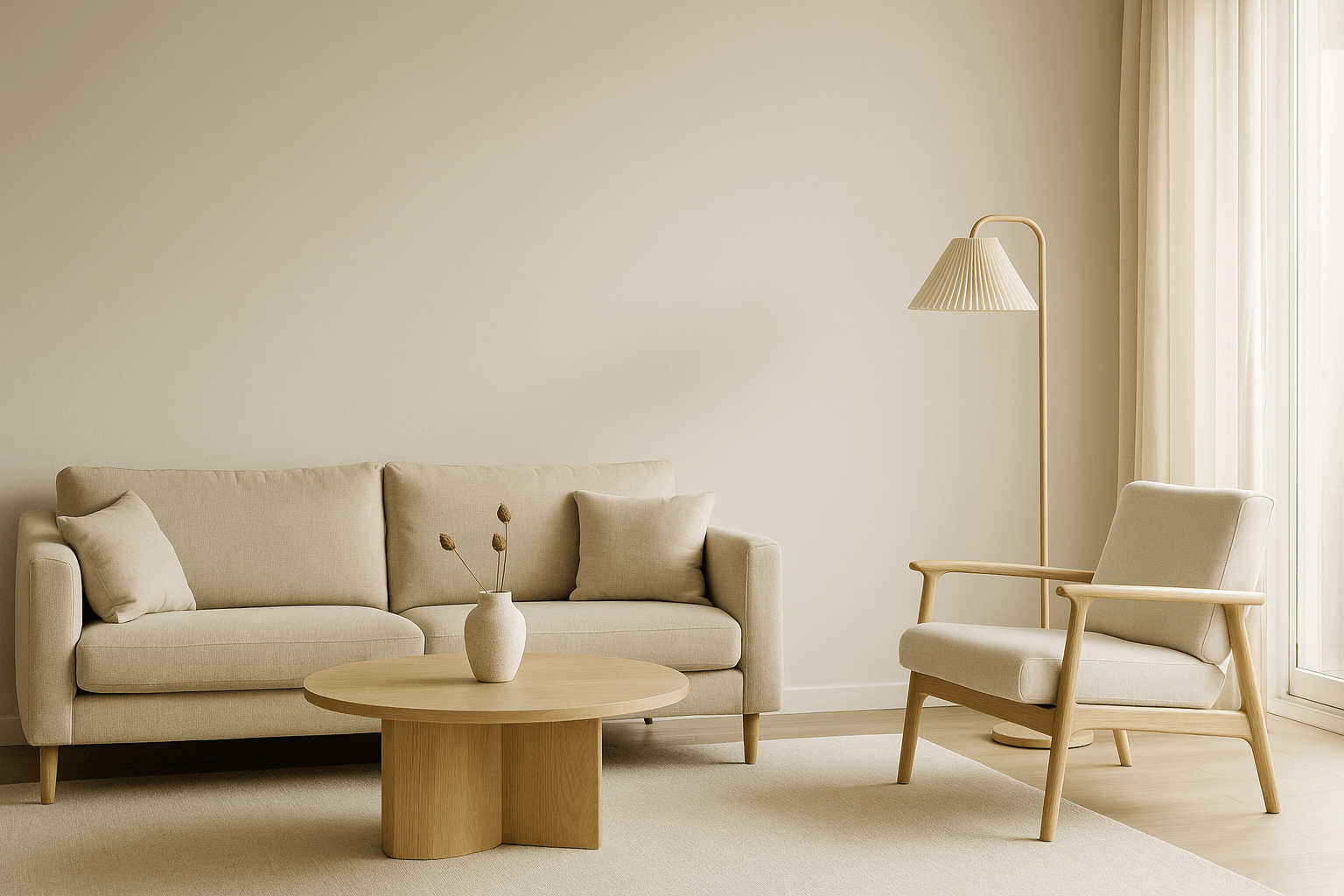Why Restraint Matters in a Minimalist Home
In a world where more is often equated with better, choosing restraint is radical.
Minimalism isn’t just about what you remove—it’s about what you choose not to add. It’s the quiet discipline of knowing when to stop. Restraint is what gives minimalist interiors their power—it lets space, light, texture, and silence have room to breathe.
The best designs often come not from doing more, but from stopping at just enough.
What Is Restraint in Interior Design?
Designing with restraint means:
-
Not filling every shelf or wall
-
Letting natural light be the focal point
-
Choosing one perfect object instead of three average ones
-
Trusting that negative space is just as meaningful as filled space
It’s about making intentional choices—and refusing the impulse to over-style, over-own, or over-decorate.
How Restraint Creates Beauty and Clarity
1. It Makes the Essentials Visible
When your space isn’t full, the things you love truly stand out. That single ceramic vase, that curve of a chair, the way light hits a bare floor—it all has space to be noticed.
2. It Keeps the Home Emotionally Quiet
Fewer visual distractions lead to less cognitive noise. Restraint creates room for rest—not just physically, but mentally.
3. It Builds Emotional Connection
When you choose with care—and wait before you add—you only bring things into your home that hold meaning or function. This leads to long-term satisfaction instead of short-lived styling.
4. It Slows Consumption
Restraint isn't just a visual practice—it’s also a sustainable one. When you buy fewer, better things, you reduce waste, save money, and support mindful design.
Ways to Practice Restraint in Your Home
1. Edit Before You Add
Every time you consider a new object, remove something first. This helps you assess what’s truly needed.
2. Style With One Focal Point
Let one item on a shelf, table, or wall be the visual focus. Leave the rest open.
3. Revisit Spaces Often
Restraint is ongoing. Rooms evolve. Return to each area and ask: What can I let go of now?
4. Give Yourself Permission to Pause
You don’t have to finish a room today. Let restraint guide you toward clarity over completion.
Restraint Is Not Deprivation—It’s Clarity
It’s not about removing joy or comfort. It’s about removing everything that gets in the way of joy and comfort.
Restraint brings focus. Space. Stillness. It lets your home become a place of intention, not reaction.
Final Thoughts
Designing with restraint is what gives minimalist homes their quiet strength. It’s not about perfection—it’s about purpose.
Let each choice be deliberate. Let space be part of the story. Let the silence say something.















